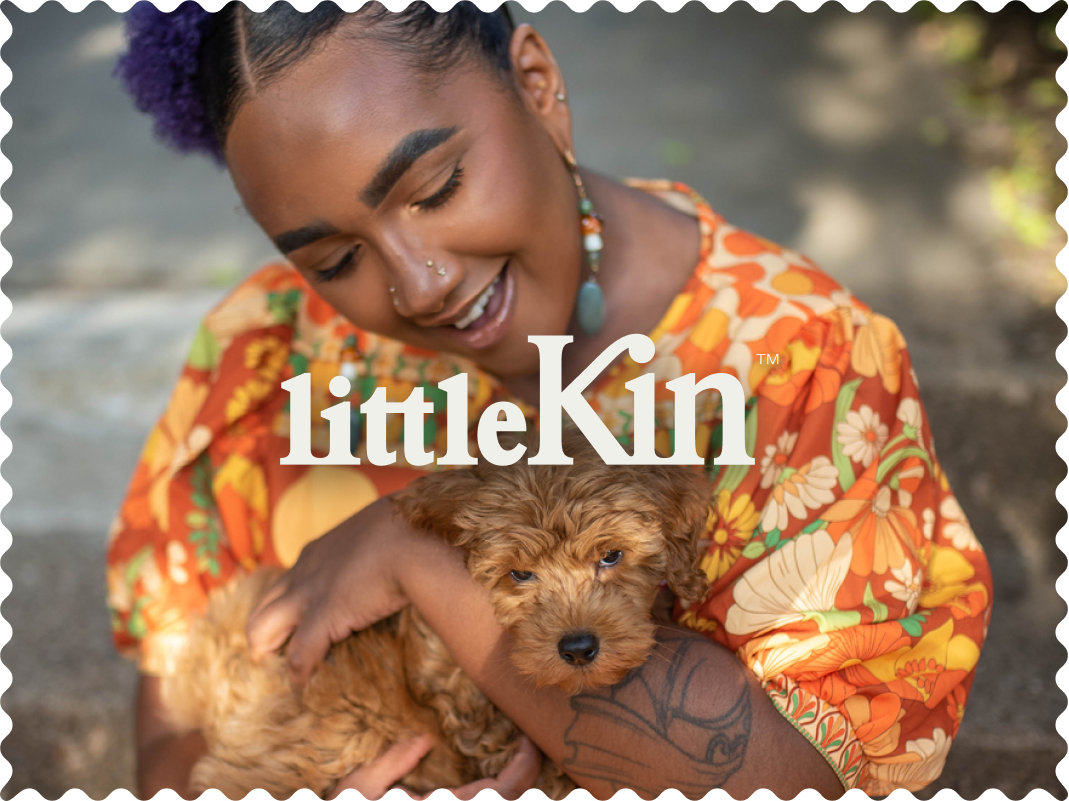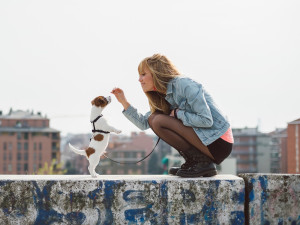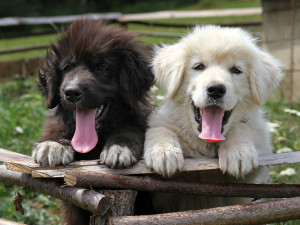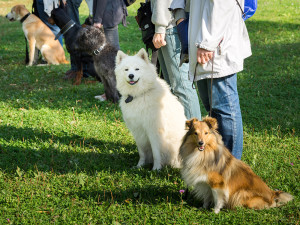A Step-by-Step Dog Training Guide for “Leave It”
This simple dog training skill could save your dog’s life.
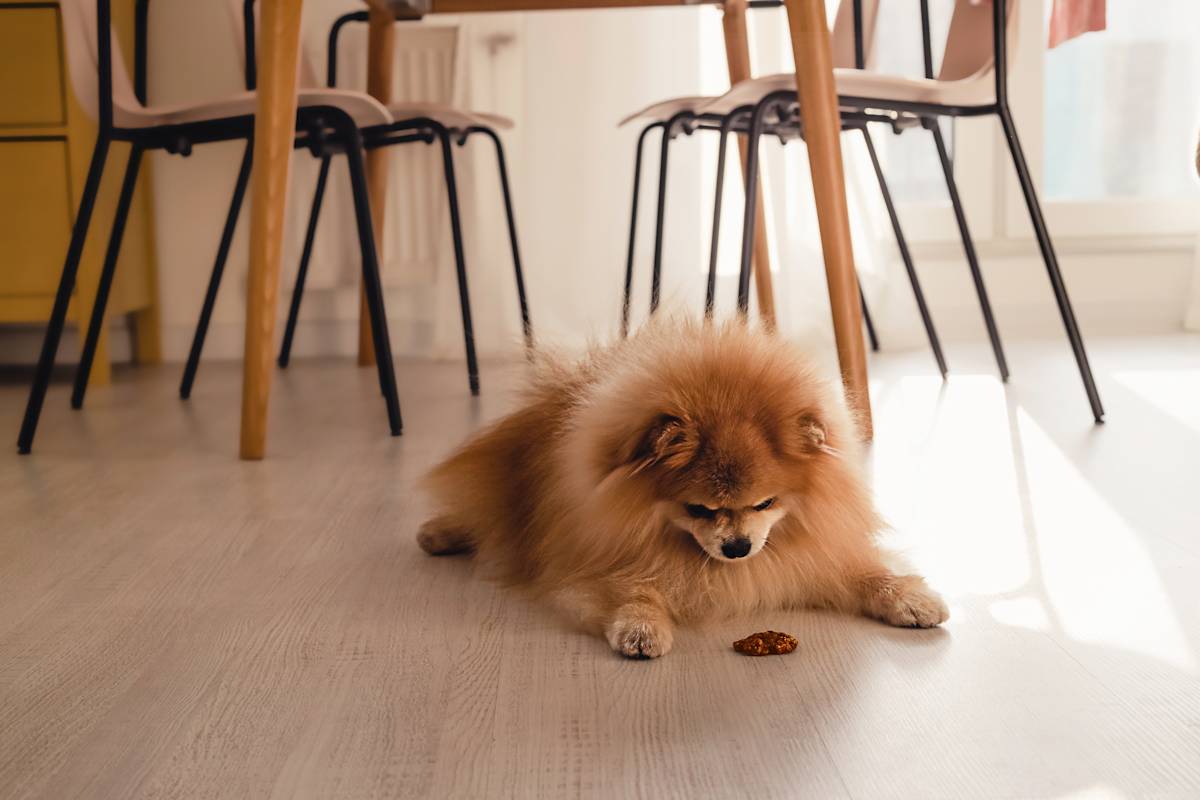
Share Article
To us, the idea of eating food wrappers, horse poop, or other unsavory things found on the ground is revolting. But to your dog, it’s like waltzing up to a buffet of French pastries and desserts — and they’re free. Those scavenged items aren’t just gross, though; they can also be extraordinarily dangerous. That’s where training comes in.
“Leave it” is one of the most useful training cues you can teach your dog. Think of it this way: your dog might not stop chasing that deer into traffic on their own, but if you’ve trained them to respond to “leave it,” you can stop them in their tracks and save their life.
So whether it’s another dog, a slice of pizza on the counter, a squirrel, the person uninterested in your dog’s affection, or even (sorry) the cat’s poop, a solid “leave it” can refocus your dog’s attention from something undesirable. Here’s a basic dog-training exercise you and your pup can practice daily to master this essential skill.
Teach your dog “leave it”
Teaching your dog “leave it” is a straightforward process that can prevent them from eating something that could seriously hurt them. Before you get started, make sure you have two types of treats: one ordinary treat and one far more delicious.

1. Show your dog a treat.
Hold out one of the ordinary treats in an open palm. Lower it to where your dog can see it.
2. Close your hand when they attempt to grab it.
When your dog tries to take the treat, close your hand around it. They will likely nudge at the treat. Ignore this behavior. Ignore any behavior attempting to pry the treat out of your hand. Wait for the slightest hesitation in their interest — patience is key.
3. Wait until they stop trying to get it and reward.
As soon as your dog stops trying to wrestle the treat from your hand, immediately bring one of the better treats out in your other open palm. They get a reward for the hesitation, and this reinforces the idea that good things happen when they stop trying to get the first treat.
4. Next, wait longer before rewarding.
In repeating this dog training drill over the course of days or weeks, you are building up your dog’s skills by waiting for incrementally longer hesitations until it becomes clear they are beginning to understand. The goal is for your dog to show more restraint than they did the first time they were shown the treat.
5. Add in the verbal cue and repeat the practice.
When your dog shows more restraint, you can integrate the verbal cue, saying “leave it” when the dog is moving away from the first treat. If they listen the first time, they get the more delicious treat. If they don’t, the fist closes, you wait, and you try again together.
Moving to the next level
As your dog’s skill progresses and they achieve a rock-solid “leave it” with treats in your palm, you can move on to more challenging situations. Place a treat on the table or floor and repeat the process. Remember, your dog should get rewarded with the more delicious treat and not the one you are asking them to leave. When you are both up for another challenge, head outside and repeat these steps with treats or other temptations on the floor and, again, reward with a more delicious treat.
As with any dog training, don’t rush or force your dog. Work slowly within the dog’s physical and emotional comfort zone to avoid falls. Training should be fun, and your dog will learn better if they’re happy and not frustrated. With a bit of time and patience, your dog can learn this life-saving cue.
Elizabeth Kennedy
Elizabeth Kennedy is a freelance writer and editor in the San Francisco Bay Area.
Related articles
![Young blonde woman with a Jack Russell puppy during spring in the city.]()
The Best Training Treats for Dogs in 2025
The most mouth-watering treats for training your pup.
![Two brown and white puppies leaning on fence]()
The Key to Training Two Puppies at Once
Double the trouble or double the fun?
![Adorable puppy focused on learning commands at home in living room]()
Dog Training 101: What to Teach Your New Dog
In between cuddle sessions, work on these eight basic cues with your pup.
![A group of dogs sitting in grass near their trainers in a dog school]()
Think Your Dog Can Be an Obedience Champ?
You don’t have to look like you belong on Best in Show to be a contender.
